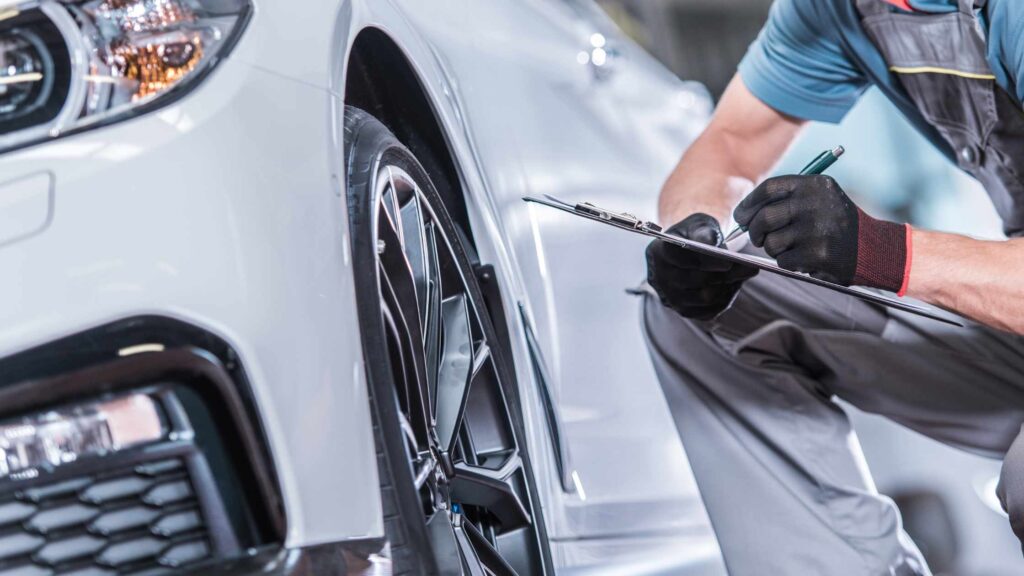Introduction
Regularly changing your car’s air filter is an essential part of maintenance. It helps ensure your engine’s health and efficiency by preventing dust, debris, and other particles from entering the system. In this guide, we will walk you through the process of changing your car’s air filter step by step, making it easy for you to do it yourself.
Why is changing your car’s air filter important?
Improve fuel efficiency
A clogged or dirty air filter restricts the airflow to your engine, which can negatively impact its performance and fuel efficiency. By regularly changing the air filter, you can optimize your car’s fuel efficiency and save money in the long run.
Extend engine life
Contaminants in the air can cause significant damage to your engine’s internal components. A clean air filter helps prevent these contaminants from reaching the engine, protecting it from premature wear and extending its lifespan.
Enhance acceleration
When your engine receives sufficient airflow, it can operate at its optimal level, resulting in better acceleration. By changing the air filter regularly, you can ensure that your engine receives the necessary air to perform efficiently.
Determine the type of air filter your car needs
Check your car’s manual
The first step is to consult your car’s manual to determine the exact type and size of the air filter required for your vehicle. Different car models may have specific air filter specifications, so it’s crucial to find the appropriate information.
Inspect the current air filter
If you don’t have access to the manual, you can inspect the current air filter in your car. Remove the air filter housing and carefully examine the filter itself. Note down the dimensions, shape, and any other details mentioned on the filter.
Seek professional advice
If you’re uncertain about the type of air filter your car needs, don’t hesitate to reach out to a mechanic or visit an auto parts store. They can help you identify the correct filter for your specific vehicle.
Steps to change your car’s air filter
Gather the necessary tools
Before starting, gather the required tools: a new air filter, a screwdriver (if needed), and gloves to protect your hands during the process.
Locate the air filter housing
The air filter housing is usually located in a rectangular-shaped box near the engine. Refer to your car’s manual or look for an intake duct leading to the engine compartment.
Remove the housing cover
Once you’ve located the housing, use a screwdriver (if necessary) to remove the screws or clips holding the cover in place. Carefully lift the cover and set it aside along with any additional housing components.
Remove the old air filter
Take out the old air filter from the housing. Inspect it for any signs of dirt, debris, or damage. If needed, take a photo of the orientation of the filter to ensure proper installation of the new one.
Clean the air filter housing
While the housing is empty, it’s a good opportunity to clean it using a vacuum cleaner or a soft cloth. Ensure there is no residue or debris left inside.
Install the new air filter
Place the new air filter into the housing, matching the orientation with the previous filter if applicable. Make sure it fits snugly and securely.
Reattach the housing cover
Carefully put the housing cover back in place, securing it with the screws or clips. Ensure it is tightly sealed to prevent any leaks or contaminants from entering.
Test the new air filter
Start your car’s engine and let it run for a few minutes. Listen for any unusual noises or check for any warning lights on the dashboard. If everything seems fine, you have successfully changed your car’s air filter.
Conclusion
Regularly changing your car’s air filter is a simple yet crucial maintenance task. By following this guide, you can keep your engine healthy, improve fuel efficiency, and extend its lifespan. Remember, a clean air filter leads to a smooth and efficient driving experience. Don’t overlook this essential aspect of car maintenance.







